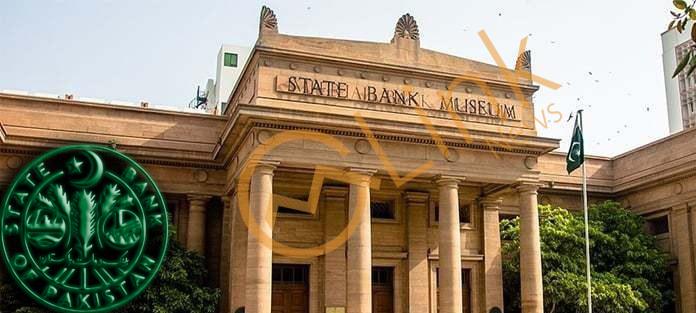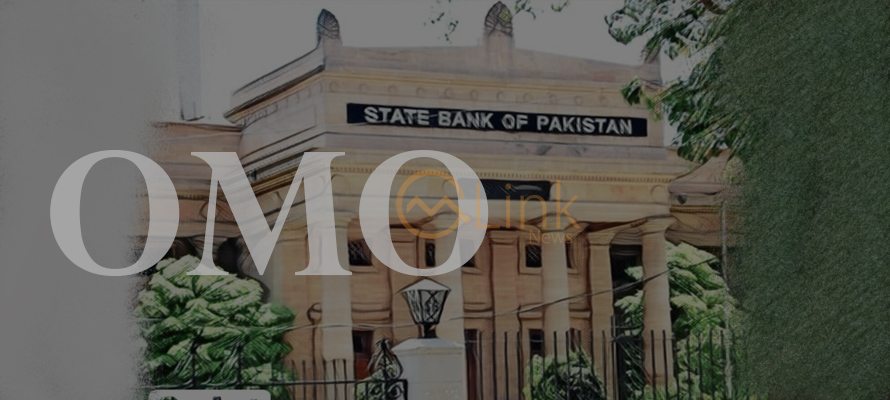June 09, 2022 (MLN): Since the coming budget is also linked with the stalled International Monetary Fund (IMF)’s 7th review program, the coalition government will take tough structural reforms on June 10, 2022, to contain twin deficit at manageable levels while likely to pay significant political costs.
The current uncertain situation due to political, domestic and external headwinds, makes budget-making a challenging task for this incumbent government. The new finance minister Miftah Ismail’s focus would be on fiscal consolidation and improving the overall resilience of the economy.
The budget FY2022-23 is expected to be aligned with the IMF program’s objectives. This will pave the way for a restoration of the delayed program. However, it is highly conditional to the government's capacity to make fiscal adjustments either by increasing the revenues or reducing the expenditure, or both.
This time around, the higher revenue will be a key theme with various tax measures under consideration as the next tranche hinges on the government’s firm commitment to fiscal targets, according to market experts.
With tight economic conditions including heightened fiscal crisis and external imbalances, the key challenges for the incumbent government are to achieve the below-mentioned targets:
- The total outlay for the fiscal year 2022-23 is estimated at Rs9-9.5 trillion (11.5% to 12% of GDP) as against the budget of Rs8.5tr in FY2021-22.
- The fiscal deficit target is expected to be around Rs4.28tr in FY23, which would be 5.5% of the GDP.
- Ministry of Planning has set the GDP growth target of 5% for FY23 as compared to 5.97% GDP
growth expected within FY22. - The revenue collection target for FBR has been set at Rs7.25trn for FY22 compared to the revised target of Rs6.1tr target for FY22. The government aims to introduce new tax measures collecting an additional tax of around Rs400-450bn in FY23.
- The non-tax revenue will be Rs 1.63tr.
- The current expenditure target has been set at Rs8.894tr for FY23 which is around 18% YoY higher than Rs7.523tr budgeted in FY22.
- The government is likely to set aside Rs350bn for markup payment for FY23 budget and Rs1.59tr is likely to be set aside for Defense affairs and services.
- Similarly, the government is likely to set aside Rs350bn for markup payment for FY23 budget and Rs1.59tr for Defense sector.
- For pension, the government is expected to set a target of Rs550bn for FY23 as opposed to Rs480bn budgeted in FY22.
- The government is likely to set a target of Rs578bn for subsidies, which is 15.25% less than the budget of FY22.
- The development expenditure is estimated at Rs1.5tr in FY23 against Rs1.3tr in FY22.
- The public sector spending (PSDP) target for FY23 will be at Rs800bn against Rs900bn budgeted in the previous budget.
- The current account deficit for FY23 is projected to be around $10-12bn which would put the current account deficit at less than 2.5% of the GDP in FY23.
- The overall manufacturing sector is expected to project a growth of 7.1%, following 3.9% growth in the agriculture sector and 5.1% in the service sector.
- Large scale manufacturing (LSM) is forecasted to set at a sustained growth of 7.4% in the next FY23.
- The investment level for FY23 is projected to be set at 14.7% of the GDP, decrease from the previous budget due to economic turmoil.
- The national savings rate is expected at 12.6% of GDP.
- The government is likely to set the remittances target at $30bn for FY23.
Expected Budgetary Measures for Fiscal Consolidation
Against the backdrop of a highly uncertain economic environment, the real challenge for this government is to ensure that economic growth is locked in while moving towards fiscal repair.
The GDP growth is expected to remain on the lower side in FY23 in presence of macroeconomic imbalances mainly uncontrollable external sector pressure that stoked inflation, a hard pill to swallow after the rollback of fuel subsidies and increase in energy tariffs.
“Going forward, we expect some slowdown to affect services and industrial sectors growth due to higher interest rates and fiscal tightening. Whereas agriculture sector may also witness some contraction due to water scarcity, unavailability of nutrients and inflationary pressure due to higher input costs. Hence, we foresee GDP growth to reach 4%, while the government is likely to target GDP growth at 5%,” a report by Insight Securities highlighted.
Higher Revenue Collection – a key theme
Among promising austerity measures, the vigorous taxation approach will largely be aimed at in the coming budget. Keeping in view a target of Rs7.26tr set by the fund, FBR has proposed various tax measures including a Windfall Levy, Super Tax, a Turnover tax, a time-bound levy or additional income, and higher import duties on edible oil and luxury items.
Additional taxes are likely to be levied on the higher income salary bracket i.e., above Rs0.2mn per month and revenue collection to be aided by broadening the tax net and bringing the informal sectors into the net.
The non-tax revenue is likely to increase by 12% to Rs 1.63tr in FY23 with Petroleum Development Levy (PDL) expected to settle at around Rs550bn. Another constituent, State Bank’s profits would also support the overall non-tax revenue is State Bank’s profits which are forecasted at Rs200bn on the back of higher interest rates.
On the expenditure front, the government is expected to reach a current expenditure/GDP ratio of 11.4% in the FY23 budget by way of reducing subsidies-one of the main conditionalities of the IMF.
While current expenditure is likely to increase on a YoY basis, the development expenditure is expected not to show any major deviation given the limited fiscal space available to the government to spend in the next year. The Public Sector Development Programme (PSDP) spending target for FY23 will be Rs800bn. The proposed allocation for the ongoing projects is set at 90% for existing projects with 10% set for new projects. This is to bring harmony to the development phase of the country with more underdeveloped areas being targeted.
Tracking the PSDP allocation record against actual disbursement remains critical. The total budget allocation for PSDP in FY22 was Rs900bn whereas actual disbursements for 9MFY22 reached Rs309bn. However, the final disbursement of PSDP for FY23 will depend on external sources.
Albeit, other populist measures such as support to the agriculture and export sectors, Rs800bn for PSDP for FY23, supportive measures for female entrepreneurs, etc. are likely to balance the prospective austerity measures, JS Global cited.
Going by the different brokerage houses' predictions, the inflation will settle around 11.5-13.5% in FY23, which is higher than the government’s inflation target of 11.5% due to the quantum of hike in petroleum and energy prices.
Unluckily the external position remained vulnerable due to unplanned growth targets that resulted in a surge in current account deficit and destabilization of the domestic currency. The handling of the crisis remained a critical issue as the country’s boom and bust cycle is shrinking day by day as the economy grows. This time, the government is likely to set the CAD target at $11-12b, down by around 30% from FY22 estimates. This target, in view of Insight research, is achievable due to the ongoing fiscal and monetary tightening. However, external factors such as crude oil, palm oil, wheat and other commodity prices may significantly affect this estimate.
“We expect the budget FY23 would strike a balance between fiscal prudence and economic growth by maintaining fiscal stability and improving the fiscal health. Successfully striking this balance depends largely on successful negotiations with the IMF,” a report by Arif Habib Limited said.
While there is a clear-cut intention to bring down the deficit over a period of time, tax collection and expense curtailment has been identified as a near-term priority. What is needed is a package of policies that allows us to conserve unwarranted expenditures and improve upon our revenue collection significantly in order to cut down the fast-growing financing needs. Whatever the policies the government undertakes, it should understand the medium and long-term effects of its fiscal decisions, it noted.
33314







